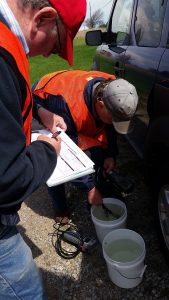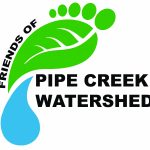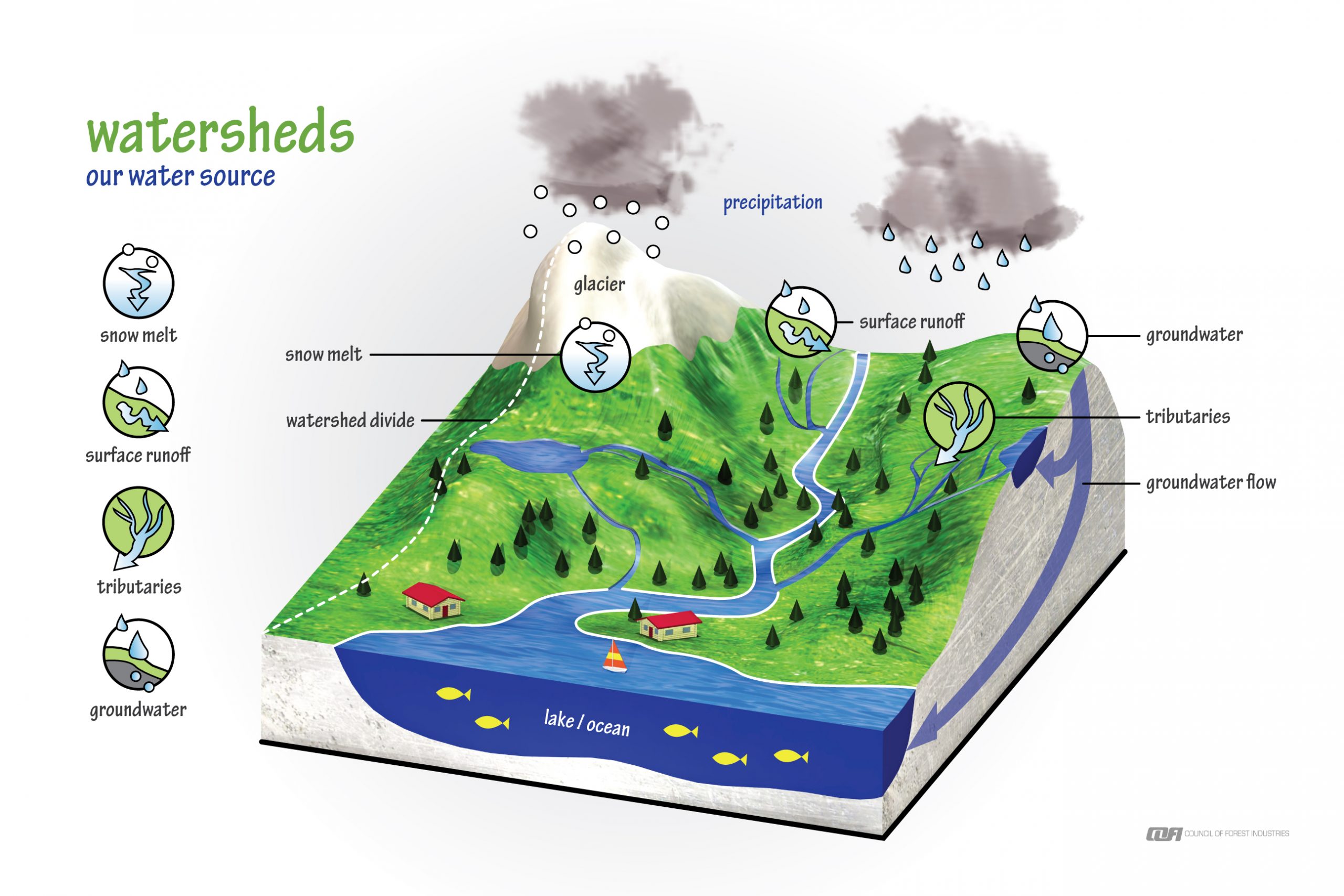FIRELANDS COASTAL TRIBUTARIES WATERSHED PROGRAM
The Firelands Coastal Tributaries Watershed Program was created in 2006 with the award of an ODNR Watershed Coordinator grant. This program, initiated by 14 original stakeholders, is currently operated through a partnership between the Old Woman Creek National Estuarine Research Reserve (OWC NERR) and the Erie Soil and Water Conservation District (Conservation District). The coordinator of the program has lead the community through watershed planning, stewardship education, grant funded watershed improvement projects, and the development of citizen-based stream monitoring. The coordinator position is held at the Erie Conservation District and is funded through annual grants given by the Office of Coastal Management through the OWC NERR.
WATER QUALITY SCORING THRESHOLDS
Every sample is compared to a threshold developed to help identify good and/or bad water quality. Scoring is broken into three types of water quality indicators. The first, simply called a water quality indicator, refer to pollutants we are concerned about that can be chronic in nature or pulse through a system after a rain. The second is a vital sign, much like our own heart rate or blood pressure. If any one of those parameters fails, a threshold serious environmental issue like a fish kill could result. The biological water quality indicator refers to a sampling of the aquatic macroinvertebrate community. This indicator can help us determine a long range condition of the stream.
| Parameter | Sampled As | Parameter type | Threshold |
| Nitrogen | Nitrate | WQ Indicator | 1.5 mg/l |
| Nitrogen | Ammonia | Vital Sign | Varies based on pH & temp. (range 0.1 to 2.1mg/l) |
| Phosphorus | Dissolved Reactive Phosphorus | WQ Indicator | >23 micrograms/l |
| Sediment | Turbidity | WQ Indicator | <10 NTU |
| Temperature | Temperature | Vital Sign | Varies by season 12.2C to 27.8C |
| pH | pH | Vital Sign | 4 – 9 |
| Dissolved Oxygen | Dissolved Oxygen | Vital Sign | <5 mg/l |
| Macroinvertebrates | Community Assessment | Biological WQ Indicator | Score range from poor to excellent |
VOLUNTEER STREAM MONITORING
The Conservation District coordinates with volunteers to monitor our local streams, in turn enhancing the stewardship of Firelands watersheds by increasing knowledge of local water quality. The program began in 2008 with sampling in Old Woman and Pipe Creeks; adding Mills Creek in 2011 and Chappel Creek in 2022. Each year, several sites in each watershed are sampled for either water chemistry or aquatic macroinvertebrates. You can view the volunteer stream monitoring study plan here FCT Stream Monitoring Study Plan 2025.
WATERSHED REPORT CARDS
Mills Creek
- 7 Water Quality Sites
- Sampled Monthly: April – November
- 6 Macroinvertebrate Assessment Sites (sampled annually)
- Monitoring since 2011
- Report Cards Since 2013
Pipe Creek
- 7 Water Quality Sites
- Sampled Monthly: April – November
- 5 Macroinvertebrate Assessment Sites (sampled annually)
- Monitoring since 2008
- Report Cards Since 2012
Old Woman Creek
- 13 Water Quality Sites
- Sampled Monthly: April – November
- 8 Macroinvertebrate Assessment Sites (sampled annually)
- Monitoring since 2008
- Report Cards Since 2012
Chappel Creek
- 6 Water Quality Sites
- Sampled Monthly: April – November
- Currently No Macroinvertebrate Assessment Sites
- Monitoring since 2022
- First Report Card 2024
Want to get involved?
STREAM MONITORING
Join our crew of citizen scientist sampling water quality in 3 local streams. Monitors are trained and assigned sampling locations to sample monthly from April to November.

Interested in becoming a Volunteer Stream Monitor? Email us at: erieconserves@eriecounty.oh.gov
FRIENDS GROUPS
The friends of Old Woman Creek and Pipe Creek Watershed are always welcoming new faces to support watershed awareness in our community. Learn more about how you can join by clicking on the group. Or check them out on Facebook.

VOLUNTEER
Interested in volunteering to help with fun projects like plantings, trash clean ups, stream monitoring, and more?
Email us at: erieconserves@eriecounty.oh.gov to get on our volunteer list and be notified about upcoming opportunities!






